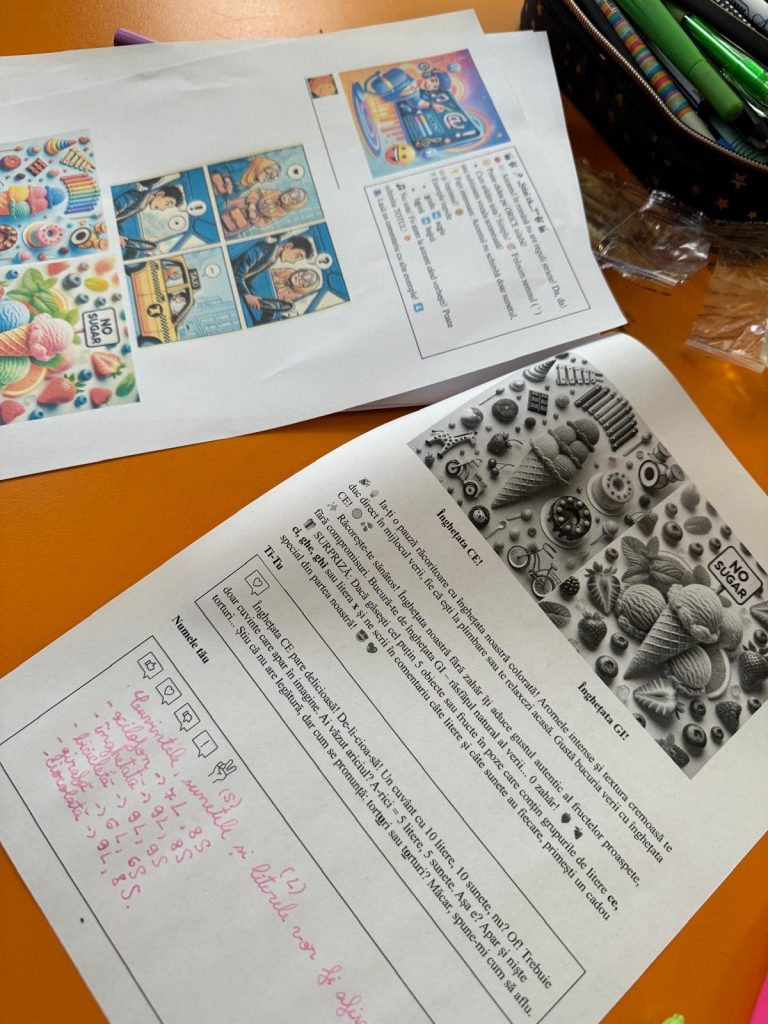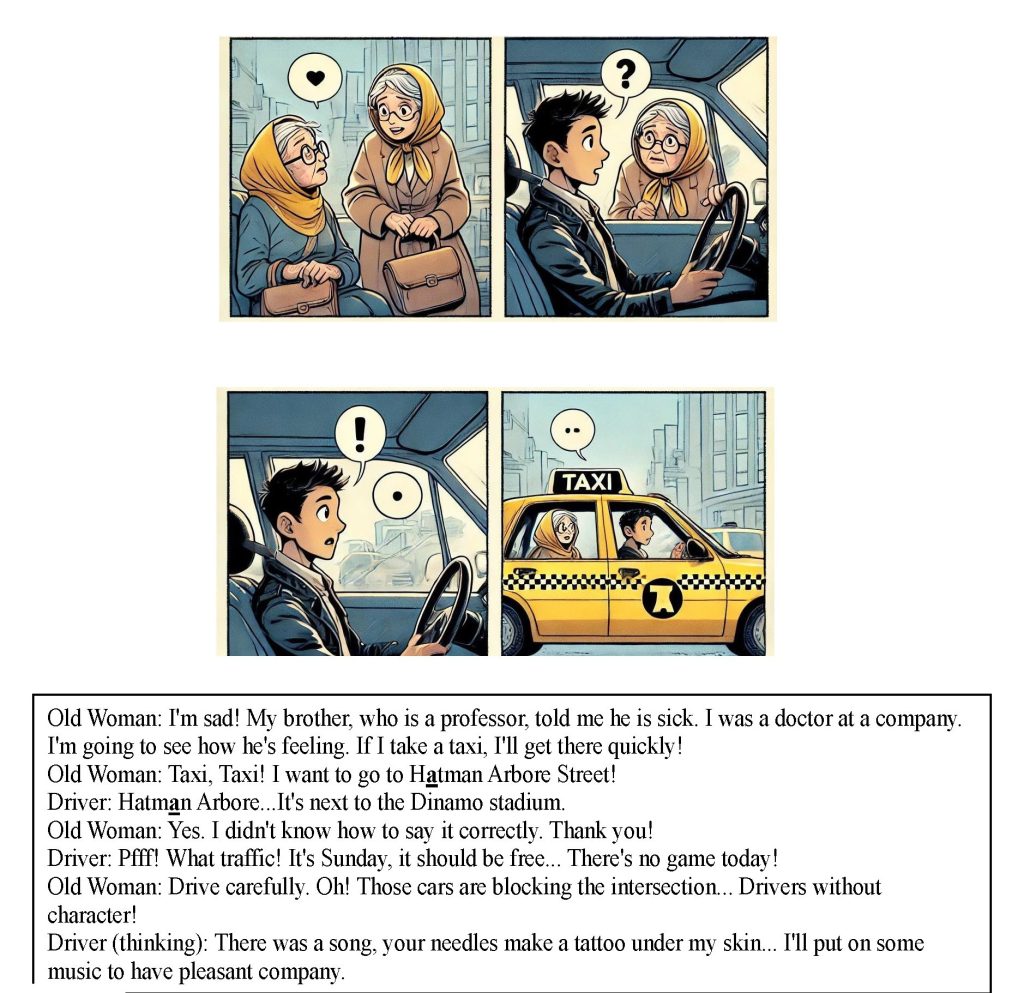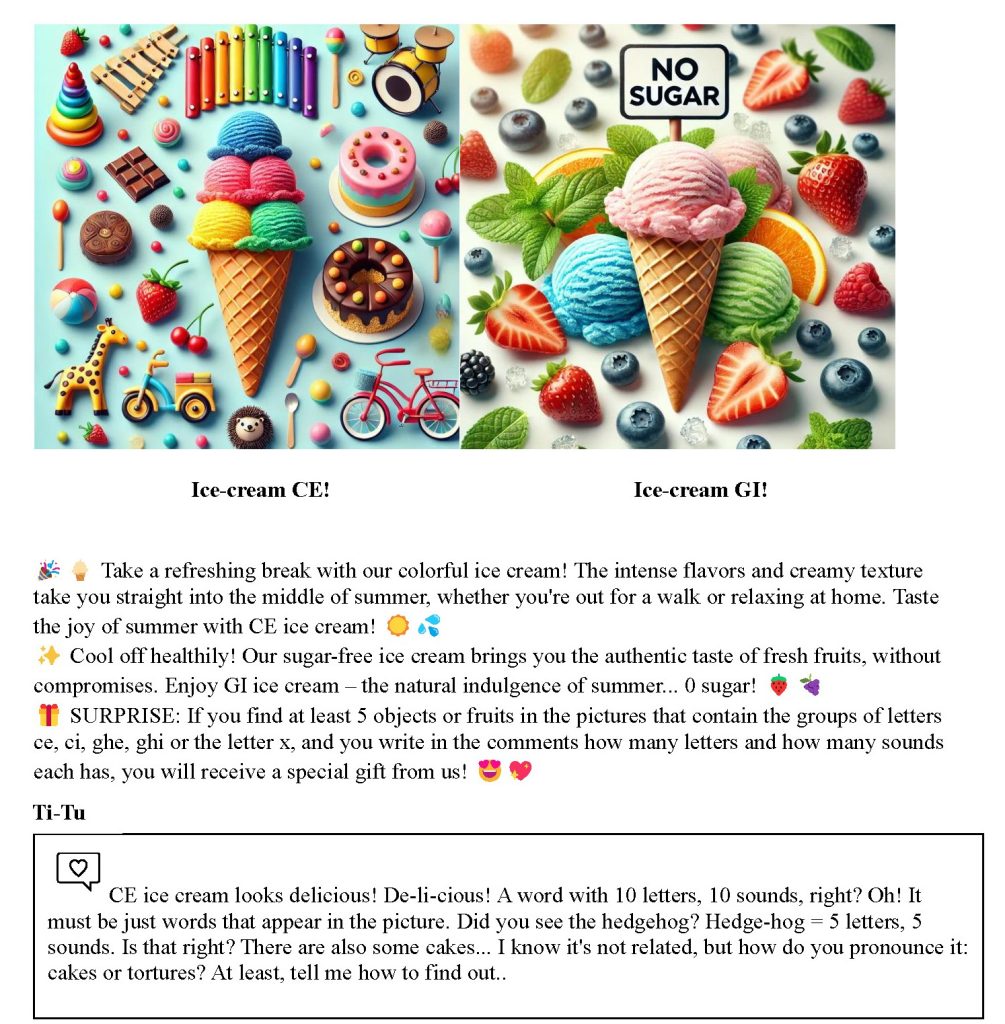RETHINKING LESSON PLANS
Alexandra Dragomirescu has been discovering her inner rebel as she develops a new approach to lesson planning
The way things are going in my classroom I think I am becoming a bit of a rebel. I have to confess it is making me think I should have rebelled sooner. However, the purpose of this article is not to make a statement about myself, but to ignite something in you.
The benefits of rebellion
I am inviting you to rebel!
Not so much against the system and its policymakers, nor against the burden of bureaucracy or the piles of documents you must fill in. No! Rebel against the voice lingering in your brain, telling you… This is the right way to do it! This is the right — and the only – way to teach! The way you’ve always done it!
For years, I taught the pronunciation of vowels in our mother tongue pretty much in the same way I had learned it in school. Sounds vary in Romanian if marked with different accents, and kids are meant to learn the conventions. To be frank, I always found these lessons boring and, from their reactions, increasingly irrelevant to the kids. Sometimes, I tried to convince myself that it was my duty to enforce grammar rules on students. But deep down, I felt unsure about my teaching methods and was quite frustrated . . . until I decided to rebel against that inner voice.

My new students
This year, something amazing happened. A new generation of 5th graders (11 to 12-year-olds in our system) came to my class . . . very dynamic, easily bored, interested in going to Mars. They made me unlearn the “right way” I followed to plan lessons. So, instead of writing definitions, giving examples, and assigning endless exercises, I designed a lesson that looked like a social media feed— but without the use of phones or internet connection. Basically, I took TikTok’s sparkle . . . out of the web . . . and put it on paper.
Foolish, or what?
This plan seemed so daring that I felt I had to inform my Principal:
I’m trying something foolish this time, I’m experimenting with AI and I’m very serious about it.
So serious, that this lesson didn´t follow the usual rules. It was built differently, in layers—core knowledge, human values, and transformative competencies – all interwoven in texts that blended grammar with feelings. Each student received three worksheets designed to resemble social media posts with comment sections. Without a specific order, everyone could choose where to begin. Yet, after 50 minutes, the lesson still made sense – much like scrolling through TikTok, which may seem random but remains engaging.
Lesson without a title
A lesson title was intentionally left out as something to be discovered later, with no other explanation. The lack of instructions made students ponder for a few minutes, not knowing what to do next. This lost time was valuable. They became fully engaged in their learning choices, afterwards. In terms of content, the core knowledge was embedded in all three worksheets but presented in different formats. I introduced the definition of ‘accents’ through a TikTok-style post, enhanced with AI-generated drawings and emojis. One worksheet featured a dialogue, to show that accent marks can shift a word’s meaning in real-life conversations.

To further reinforce this idea, I designed a social media ad, using words with different accents, but also words linking back to previous lessons about accent and pronunciation lessons. The theory was therefore broken into small pieces and spread throughout the lesson, allowing students to gather information at their own pace, while supporting each other. To encourage collaboration, each worksheet featured a comment section where the class mascot, a fictional character called Ti-Tu, encouraged everyone to discuss more and ask for feedback.

Values
The second layer of this lesson was focused on human values. Grammatical concepts were woven into a story emphasizing compassion. Using AI, I designed a cartoon about an elderly woman taking a taxi to visit her sick brother. Words with difficult accents in Romanian, like taxi, traffic, and ill were not used in isolated sentences, but threaded through a text that encouraged emotional connection. At one point in the story, the old woman mispronounces a word, confusing the driver. This sequence was intended to highlight the importance of being polite when correcting an accent mistake.
‘Transformative competencies’
Thirdly, the OECD ‘transformative competencies’ layer came to surface. AI helped me write an ad for two fictional ice-creams, a regular and a sugar free one. I wanted my students to reflect on the complexity of life, especially concerning those children who are unable to consume certain foods. But at the same time, this worksheet challenged students to identify objects that contained specific letter groups and to analyse their pronunciation. A ‘surprise’ contest like those you see on social media was also added to stimulate critical thinking. At this level, interleaving was used not only to enhance long-term retention, but also to improve problem-solving skills and adaptability to a new context.

Feedback for learning
The lesson also emphasised feedback, making it a part of the learning process, not just as an evaluation tool. Peer feedback showed that students were emotionally invested in this activity, with remarks like: “I really like your comment”, “I’m glad you helped Ti-Tu”. They used emojis and humour, but also made constructive critical remarks to each other like “You need to express yourself more clearly!” and “You forgot this!”.
Lesson title
The final feedback form had surprising results. 68% of students wrote that the lesson title was ‘Communication’. My goal had been to teach them how to give feedback, rather than explain the rules of grammar. Yet, I had designed a lesson about the pronunciation of different letters. I had used AI to create surprising elements, social media feeds, things kids now appreciate, but adults fear, and in the process, we had all learned in different and even in unexpected ways!
Here’s what I had learned, and not all of it was easy!
- Listening to students’ voices should give us the courage to silence our inner teacher’s´ ‘scolding’ voice It may have guided us so far, but by listening to it for too long we are beginning to lose our way when teaching
- Am I willing to rebel and find a different way to teach, instead of sticking to the old, “right” way?
- Am I ready for the (AI) revolution?
So – are you ready for the revolution?

Alexandra Dragomirescu is a Romanian Language and Literature Teacher at Grigore Moisil National College, Bucharest
FEATURE IMAGE: Annie Spratt on Unsplash
The post REBEL! appeared first on Consilium Education.


